Pedalling thoughts on Paper
How to Prepare for Your Next Track Cycling Race
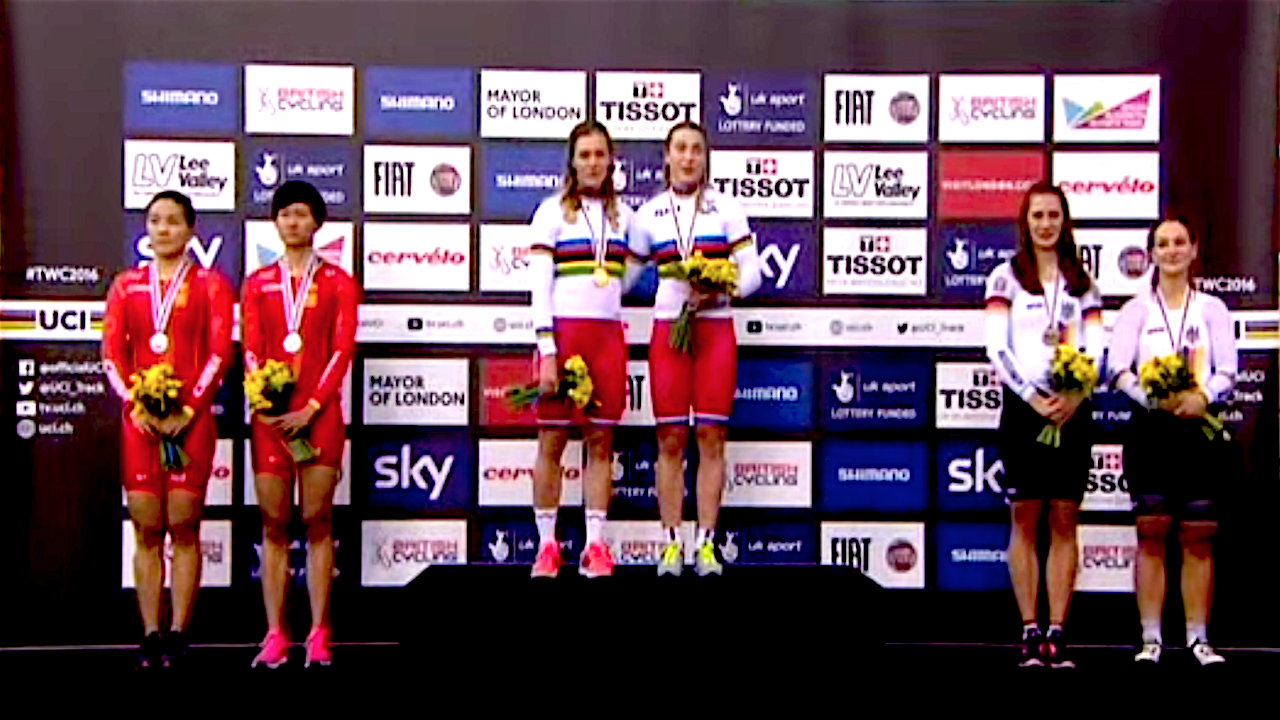
There’s either one of two emotional reactions you’ll have when we ask you...
Are you ready to race?!
You’re either going to read this and think:
a. No, not quite or not at all, or
b. Yes, absolutely!
W...
How to Master the Track Stand

In this short video, World Champion Kerrie Meares shares her tips on how to master the track stand!
Why Track Stand?
Learning how to track stand will not only teach you how to stand still on the tr...
Track Cycling at the Rio Olympics

It's Time!!!
The Track Cycling at the Rio Olympics kicks off on 11th August in Rio!!
We will be covering each event on our Facebook page:
www.FB.com/TrackCyclingAcademy
So make sure you've Liked ...
Calling all Masters: World Track Championships Preparation
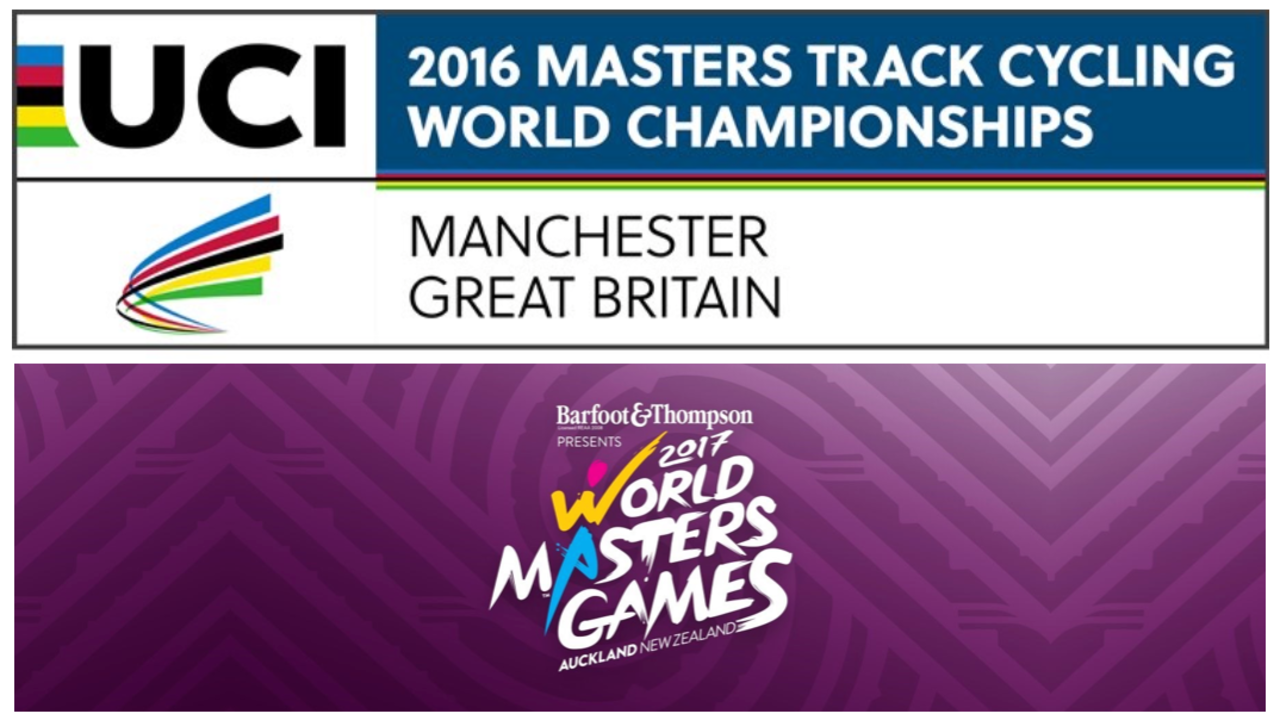
The World Masters Track Championships are the pinnacle event for Masters track riders and the 2016 Championships is getting closer with just under 54 days to go!
For those who are looking towards the...
Your Guide to Track Cycling in Rio!

The RIO Olympics will kick off this weekend in Brazil and we can’t wait for the track cycling to commence on Day 6!
However, before track gets underway we have the opening ceremony to look forward to...
Sprint Tactics: Part 2 - 3 Strategies to Race the Sprint From the BACK!

In this two part sprint tactic series we’re talking about tips and training suggestions to help you get the most out of your sprint racing!
In part one, we looked at 3 strategies and key focuses when...
Sprint Tactics: Part 1 - 3 Strategies to Race the Sprint From the FRONT!
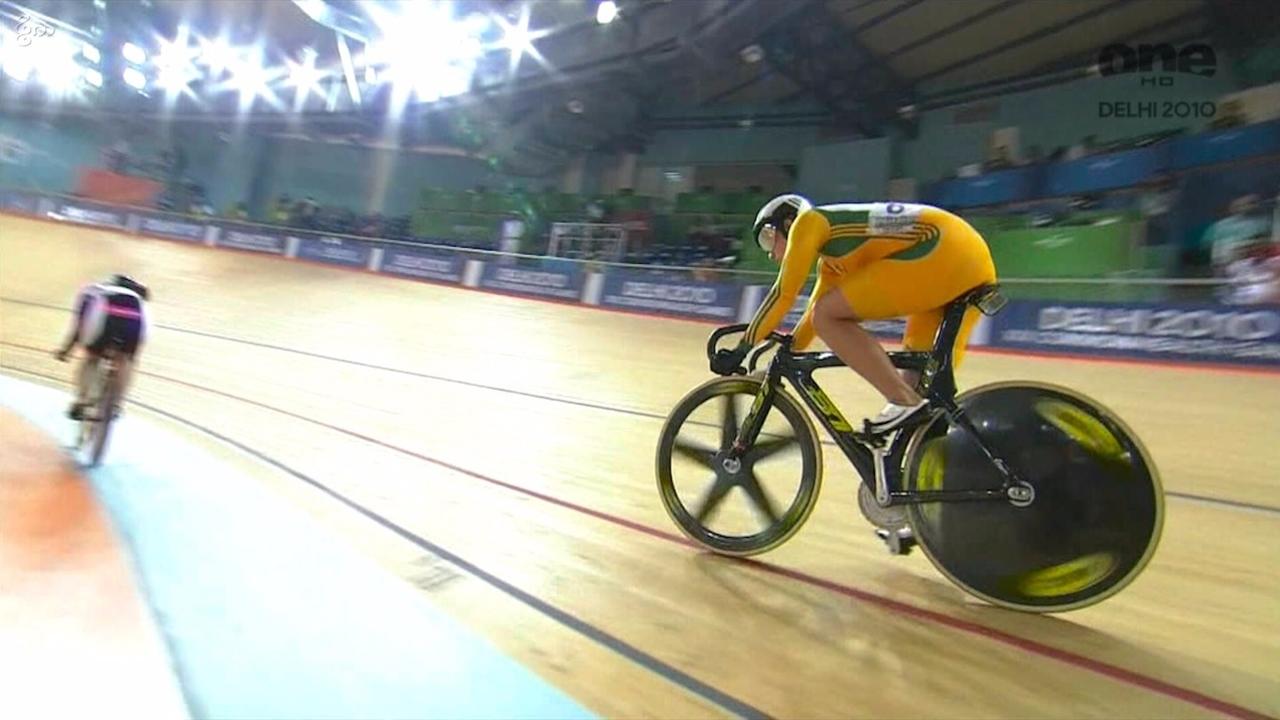
When it comes to mastering the craft of the ‘cat and mouse’ there are a few simple strategies that if adhered to, will give you the best opportunity tactically to out-smart your opponent.
In this blo...
How to Reach Your Peak Performance
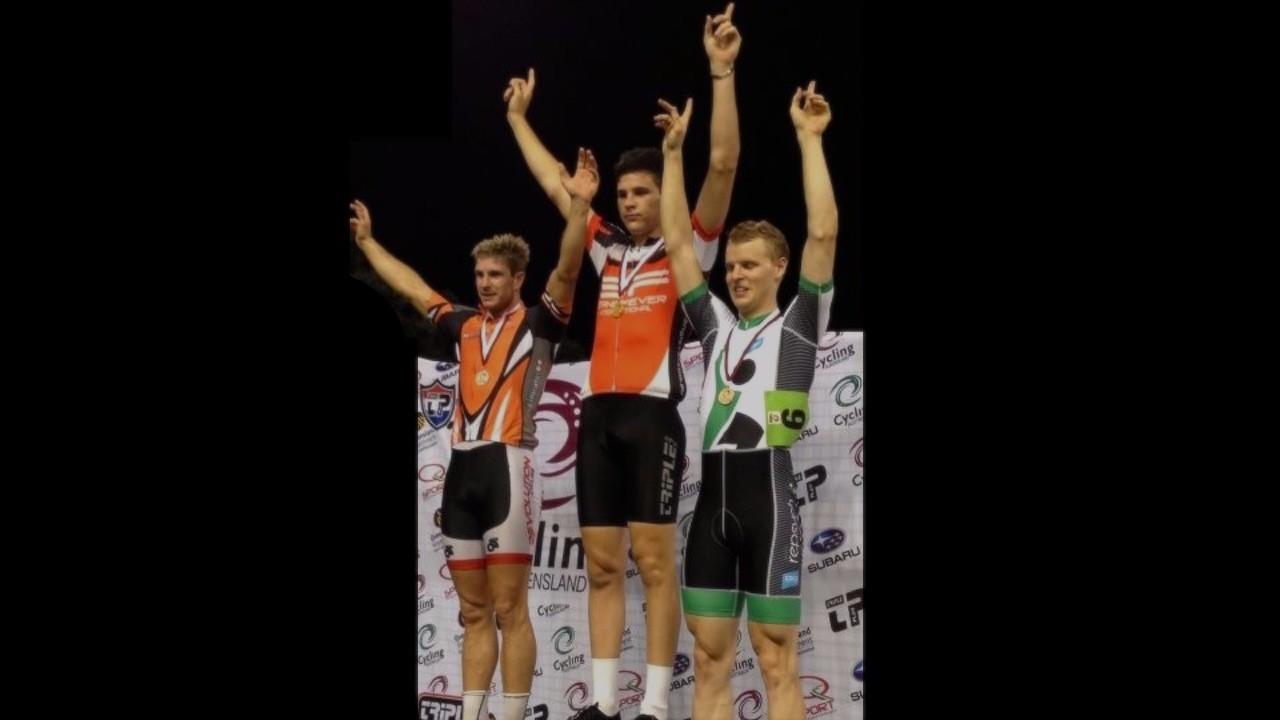
Understanding how to peak for a race event is a very important concept to maximise performance.
Think about it...
You train for many months and in some cases years for a specific event.
So if you d...
What to look for in a C.O.A.C.H
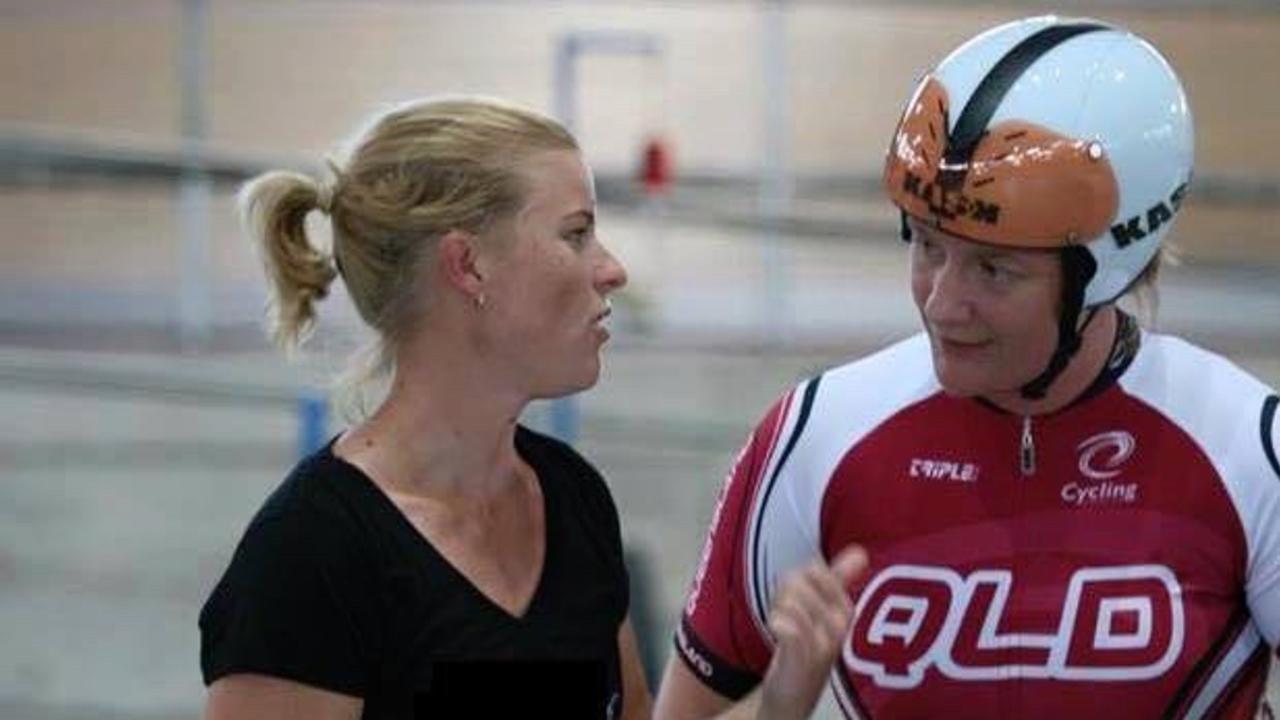
If you’re in the market looking for a cycling coach to help you make your goals achievable, it’s important you find a good coach who will tick all the boxes for you - as ultimately this is about YOU a...
4 Tips for Standing Starts so You Nail Your Gate Start

Standing starts - let’s admit it, they’re not as easy as they look!
Learning how to execute excellent standing starts time and time again takes a lot of practice.
In the process, it can get overwhel...

